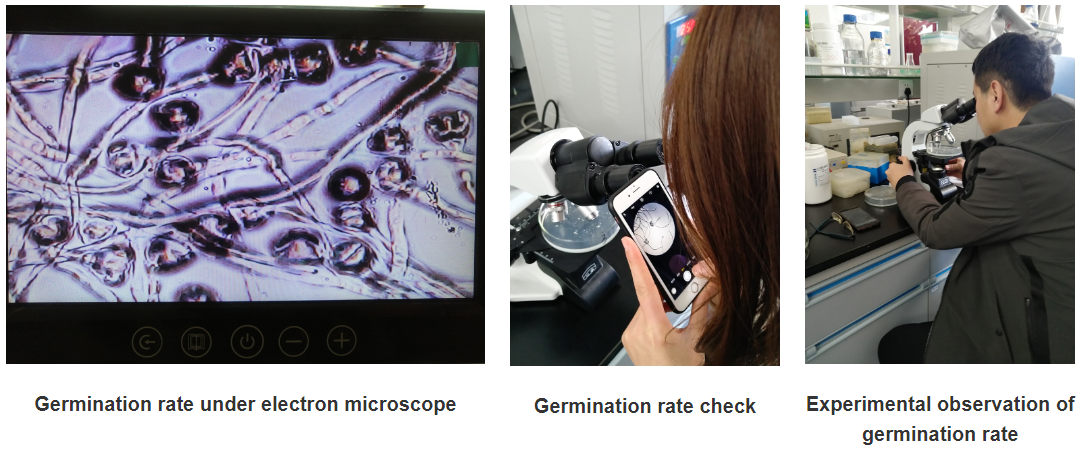វិច្ឆិកា . 22, 2024 07:53 Back to list
best apricot pollen for pollination in apricot orchard
Best Apricot Pollen for Pollination in Apricot Orchards
Pollination is a critical process in apricot orchards, directly influencing fruit set and yield. Selecting the best apricot pollen can significantly enhance pollination success. Understanding the importance of pollen compatibility, timing, and the characteristics of various apricot cultivars is essential for orchardists aiming to maximize their production.
Apricot trees (Prunus armeniaca) are generally self-pollinating; however, cross-pollination can promote better fruit set and quality. To optimize yield, growers should consider planting different cultivars of apricot trees that bloom at the same time. This genetic diversity is crucial because it ensures the availability of compatible pollen during the flowering period.
One of the best practices is to select pollen from cultivars known for their high pollen viability and abundant production. For instance, cultivars such as ‘Tilton’ and ‘Katy’ are often recommended due to their reliability in providing good pollen. These varieties not only produce adequate pollen but are also compatible with a range of other apricot cultivars, boosting pollination chances across the orchard.
best apricot pollen for pollination in apricot orchard

Timing is equally vital in the pollination process. Apricot flowers generally bloom in early spring when the risk of frost is still prevalent. Therefore, selecting cultivars that have overlapping bloom periods can help ensure that pollen is available when the flowers are receptive. An orchard planting of early and late bloomers can also be beneficial, as it extends the pollination window and increases the likelihood that bees and other pollinators will be able to facilitate this process.
In addition to cultivar selection and timing, environmental factors play a role in successful pollination. Ideal weather conditions—such as moderate temperatures and light winds—encourage pollinator activity. Farmers should monitor local weather forecasts closely during the blooming period to ensure that they can take protective measures against any adverse conditions that may hinder pollination efforts.
Using pollen from local and well-adapted apricot varieties can also enhance successful pollination. Local cultivars are often better suited to the specific climatic conditions and pests of the regional environment, which can result in higher fruit quality and yield.
In conclusion, choosing the best apricot pollen for pollination involves careful consideration of cultivar compatibility, bloom timing, and local environmental conditions. By prioritizing these factors, apricot orchardists can significantly improve their crop yield and quality, ensuring a successful harvest season. With proper planning and strategic planting, growers can optimize pollination and enjoy the sweet rewards of their labor.
-
Pollen Peach Tree AI Management with GPT-4-Turbo
NewsJul.31,2025
-
Eco Fruit Paper Bags for Peak Freshness | Durability Focused
NewsJul.31,2025
-
Pollen Peach Tree for Pure Pollination and High-Quality Peach Pollen
NewsJul.30,2025
-
Premium Cherry Pollen for Pure Pollination & Different Types
NewsJul.30,2025
-
Artificial Pollination Solutions for Various Plant Pollen Types
NewsJul.29,2025
-
Artificial Pollination Solutions for All Plant Pollen Types
NewsJul.29,2025